Ancient Rome was a civilization that left an indelible mark on history. From their incredible engineering feats to their unique customs, the Romans were innovators in many fields. Imagine strolling through Rome’s bustling streets, witnessing grand spectacles, and experiencing the grandeur of the Roman Empire firsthand. Let’s dive into some fascinating facts about Ancient Rome that will make you wish you could hop in a time machine and visit this remarkable era.
1. The Romans Invented Concrete
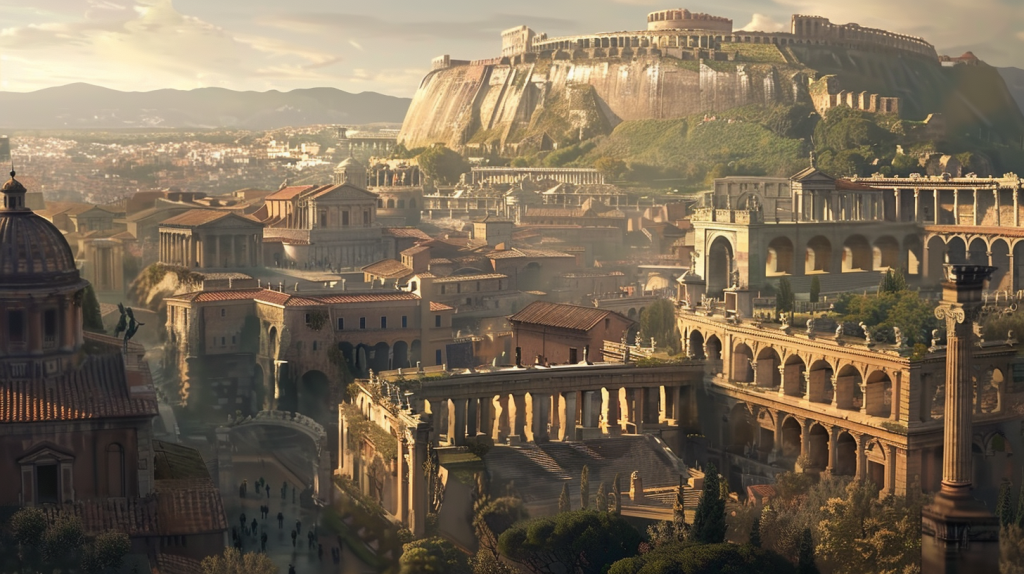
Ancient Romans were the first to use concrete, which allowed them to build structures that have lasted for centuries. They used a mixture of volcanic ash, lime, and seawater to create a durable material that could set underwater. This innovation was key to their architectural success.
2. Romans Had Central Heating
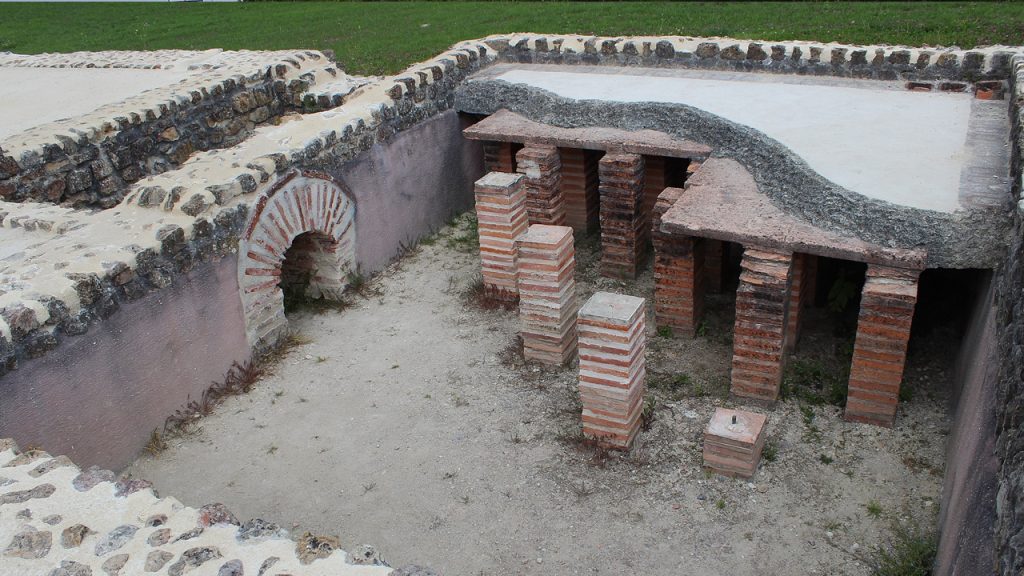
The Romans developed an early form of central heating called the hypocaust. This system involved heating air and circulating it under the floors and through the walls of their buildings. Wealthy Romans enjoyed the luxury of heated baths and homes.
3. Gladiator Fights Were Extremely Popular
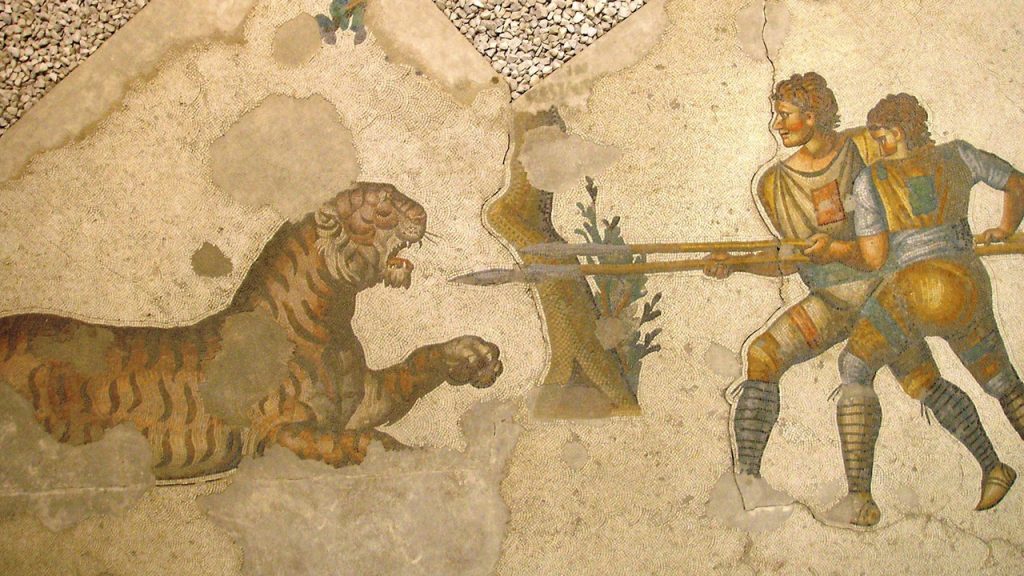
Gladiator games were a major form of entertainment in Ancient Rome. These bloody contests were held in large arenas like the Colosseum and drew massive crowds. Gladiators were often slaves or prisoners of war, trained to fight to the death for the public’s amusement.
4. Rome Had an Extensive Road Network
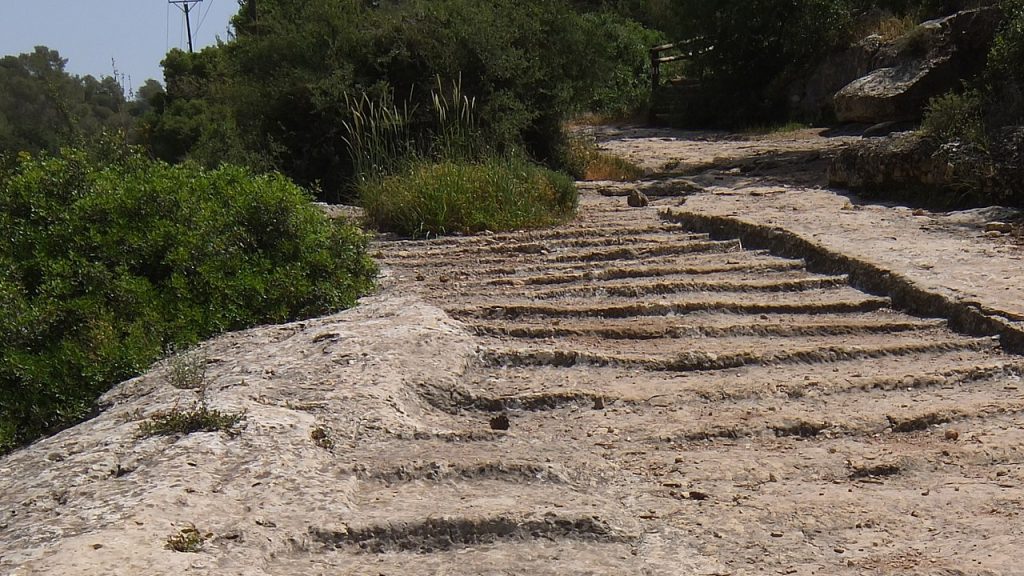
Rome was famous for its vast network of roads, which spanned over 50,000 miles across the empire. These roads were crucial for military movement, trade, and communication. The phrase “All roads lead to Rome” highlights the importance of this network.
5. The Romans Had Indoor Plumbing
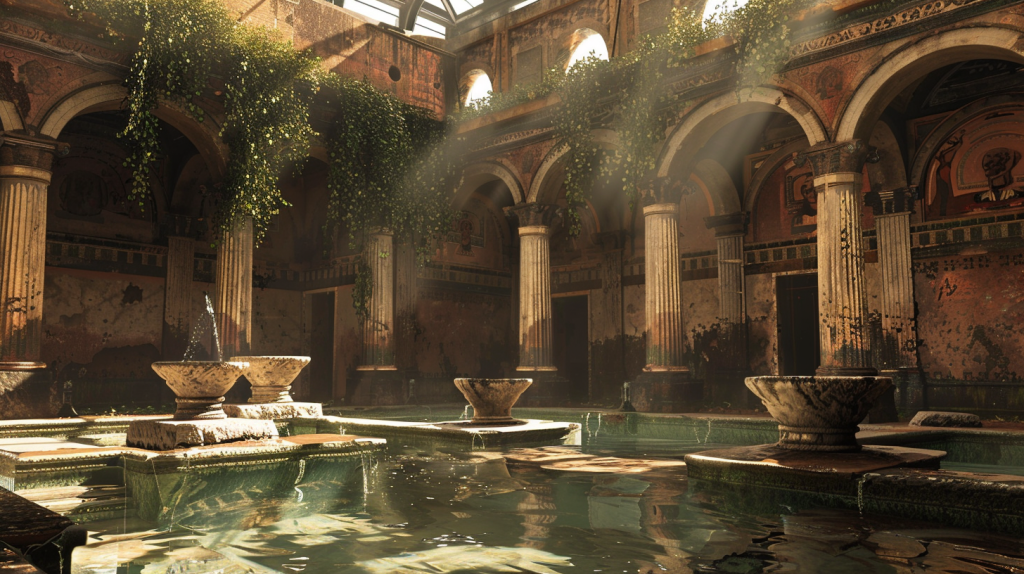
Ancient Romans had advanced plumbing systems, including indoor toilets and public baths. They used aqueducts to transport fresh water into cities and built sewers to carry waste away. This level of sanitation was unparalleled in the ancient world.
6. Roman Women Had Limited Rights
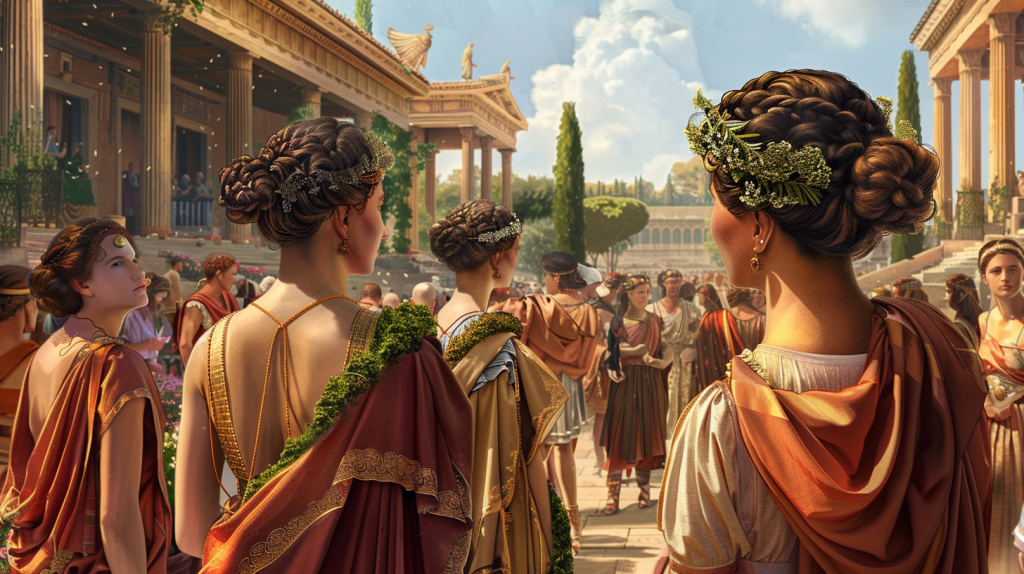
In Ancient Rome, women had fewer rights than men. They couldn’t vote or hold public office, and their primary roles were as wives and mothers. However, some women, especially those from wealthy families, could own property and run businesses.
7. The Roman Army Was a Formidable Force
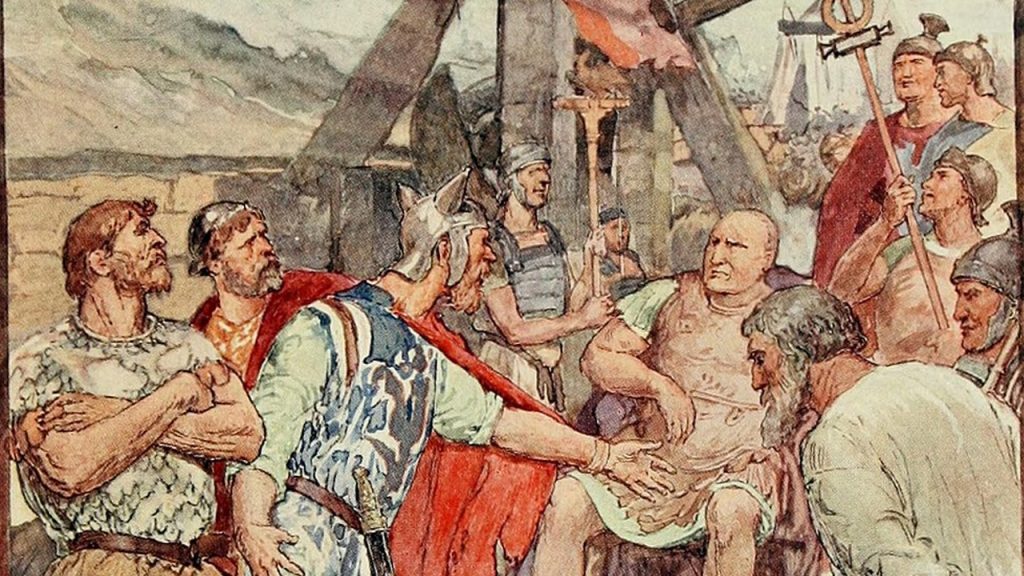
The Roman army was one of the most powerful and disciplined military forces of its time. Soldiers were well-trained and equipped, and the army’s organization and tactics were highly effective in expanding and protecting the empire.
8. Romans Loved Public Baths
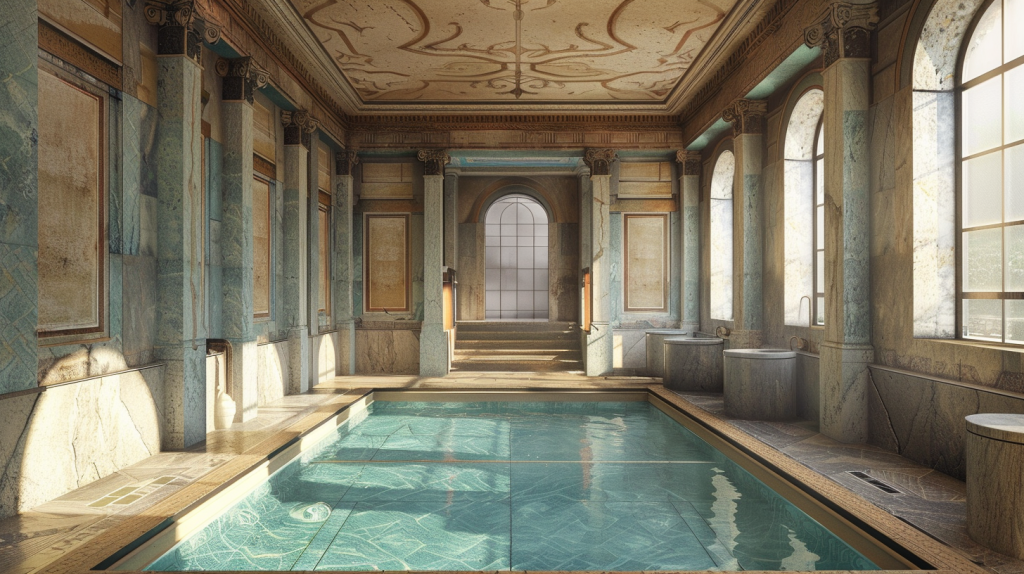
Public baths, or thermae, were a central part of Roman social life. People of all classes would visit these baths to relax, exercise, and socialize. These facilities often included hot and cold pools, saunas, and even libraries.
9. Julius Caesar Was Assassinated
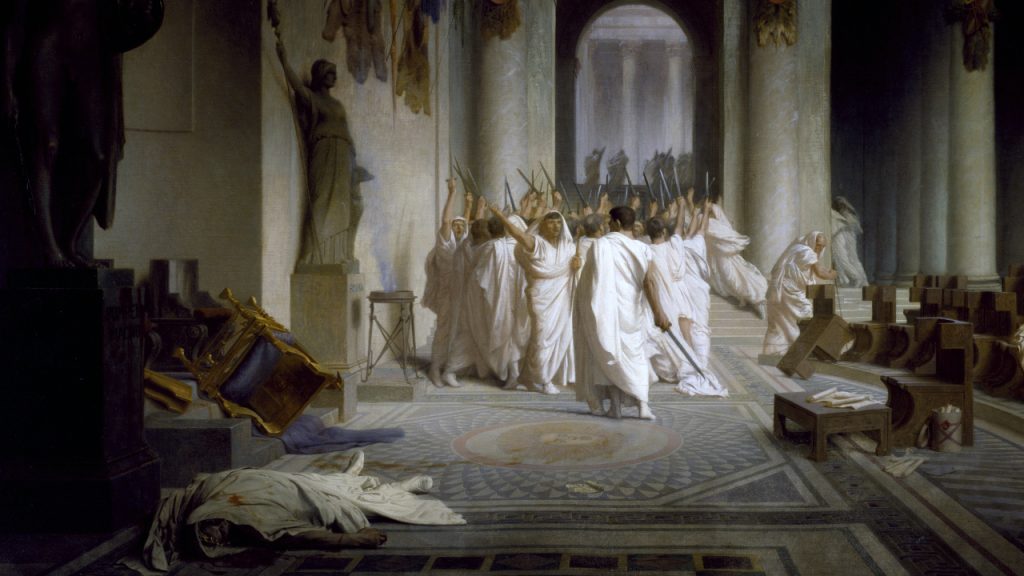
One of the most famous events in Roman history is the assassination of Julius Caesar. He was killed by a group of senators on the Ides of March in 44 B.C. This act was motivated by fears that Caesar was becoming too powerful and might overthrow the republic.
10. The Romans Had a Rich Mythology
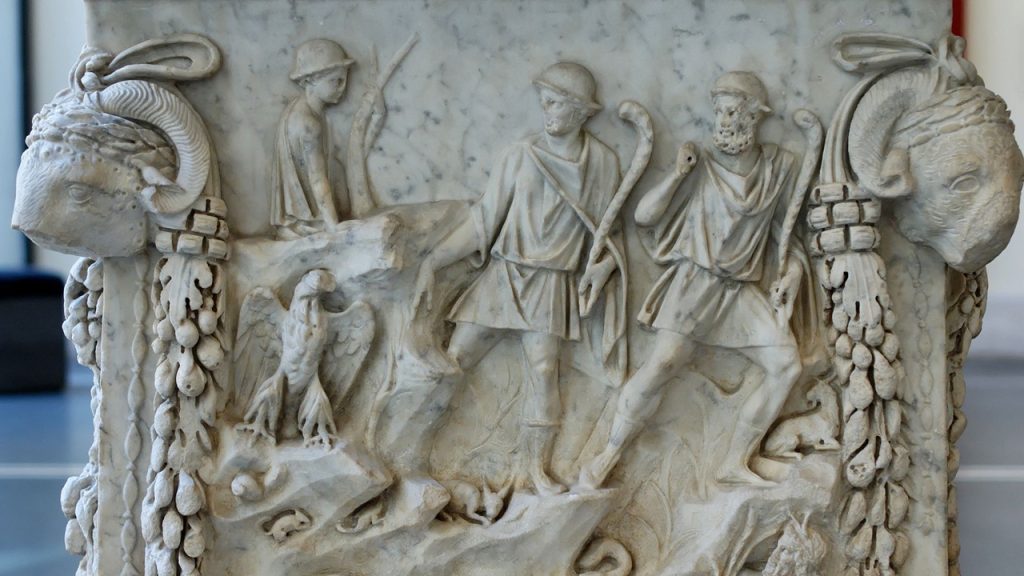
Roman mythology was heavily influenced by Greek mythology, but it also included unique deities and legends. Gods like Jupiter, Mars, and Venus played significant roles in Roman religion and culture. Many Roman myths explained natural phenomena and human behavior.
11. Ancient Romans Enjoyed Board Games
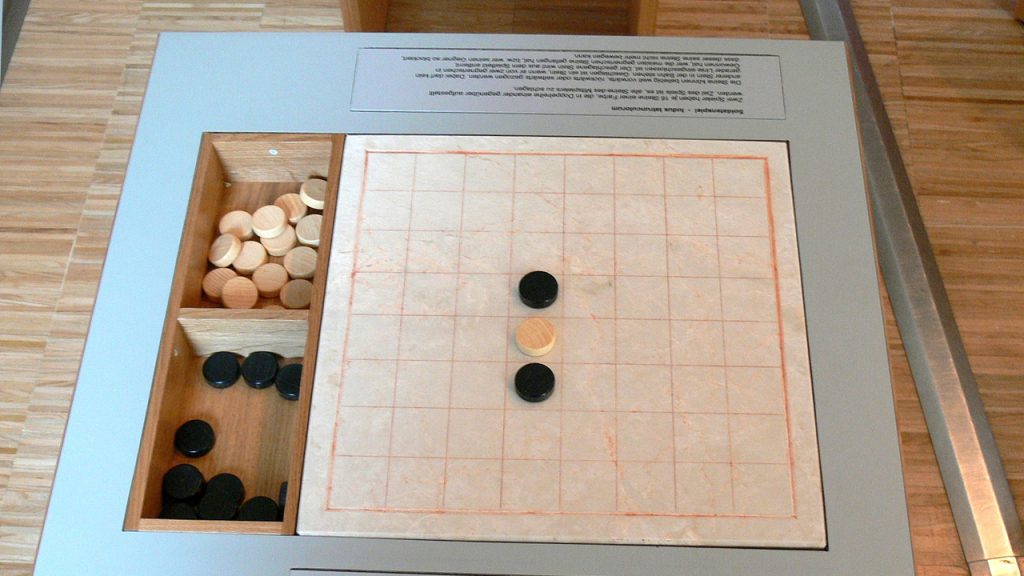
Romans loved playing board games, similar to modern-day chess and checkers. Games like Ludus Latrunculorum, a strategy game, were popular among both children and adults. These games provided entertainment and a way to develop strategic thinking.
12. The Colosseum Could Hold 50,000 Spectators
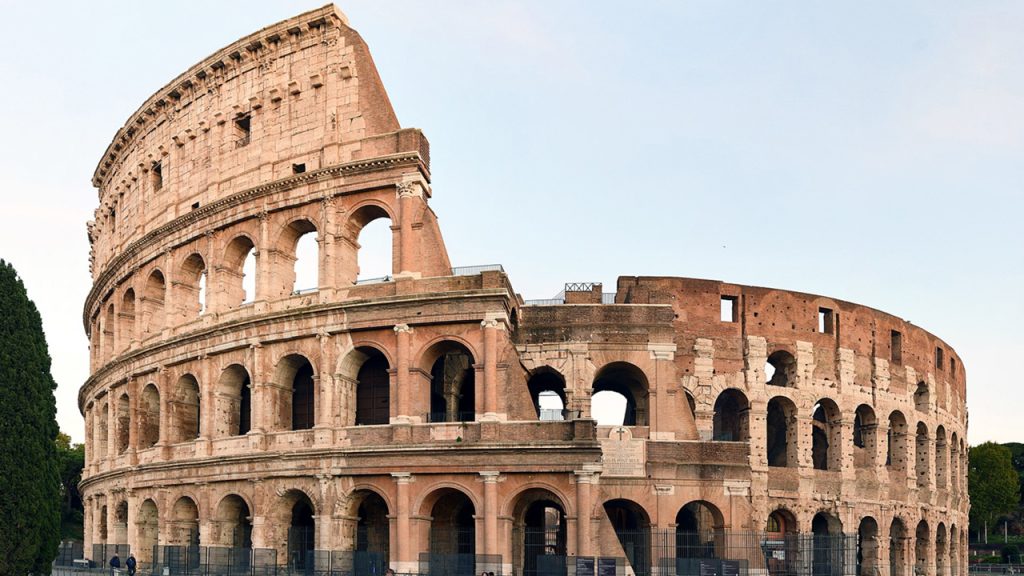
The Colosseum, one of Rome’s most iconic landmarks, could hold up to 50,000 spectators. This massive amphitheater was used for gladiatorial games, animal hunts, and other public spectacles. It remains a testament to Roman engineering and architecture.
13. Rome Had a Complex Legal System
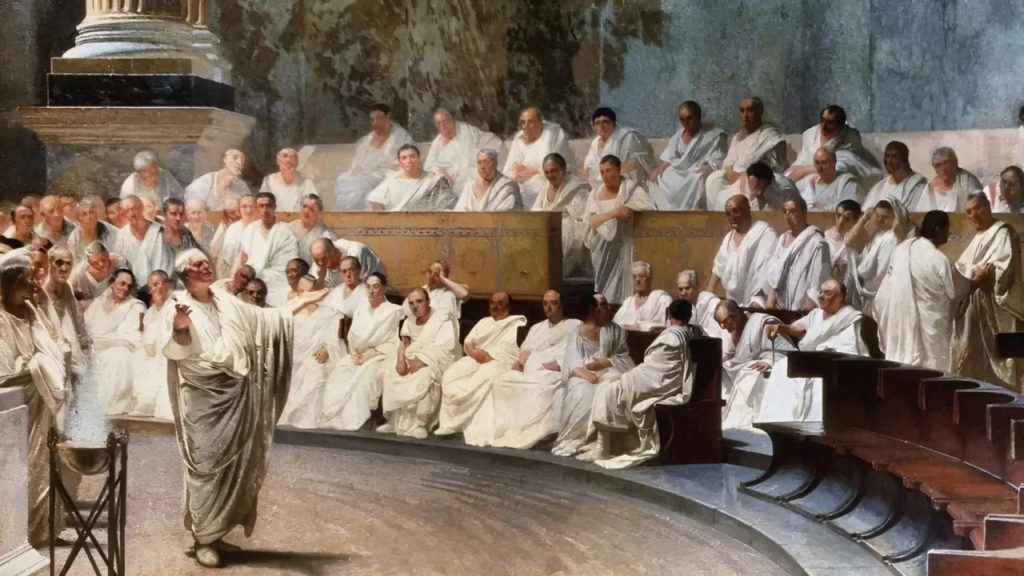
The Roman legal system was one of the most sophisticated of its time. Roman law included various codes and principles that influenced modern legal systems. Concepts like “innocent until proven guilty” and “equality before the law” have roots in Roman law.
14. Roman Cuisine Was Diverse
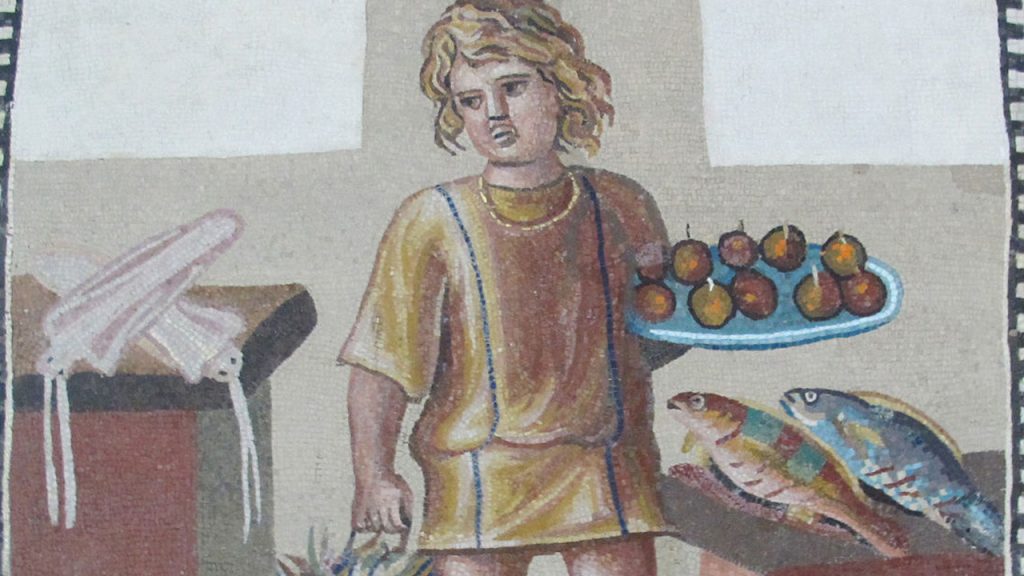
Roman cuisine included a wide variety of foods, from exotic fruits and vegetables to meats and seafood. Wealthy Romans enjoyed lavish feasts with multiple courses, while the poor ate simpler meals like bread and porridge. Spices and sauces were commonly used to enhance flavors.
15. The Romans Built Spectacular Temples
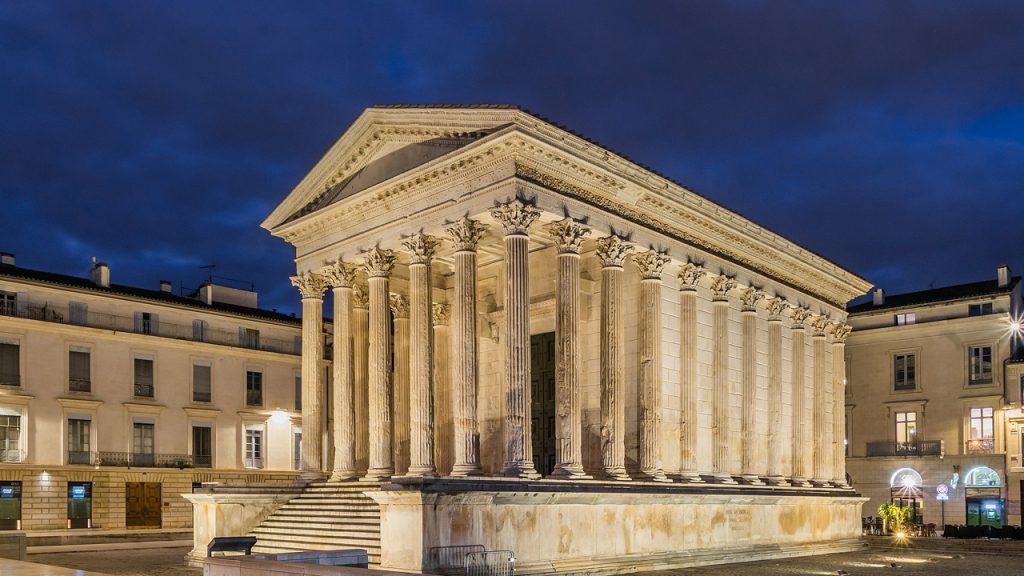
Roman temples were grand structures dedicated to their gods and goddesses. Temples like the Pantheon, with its massive dome, showcase the architectural prowess of the Romans. These religious sites were central to Roman spiritual life.
16. Romans Practiced Medicine
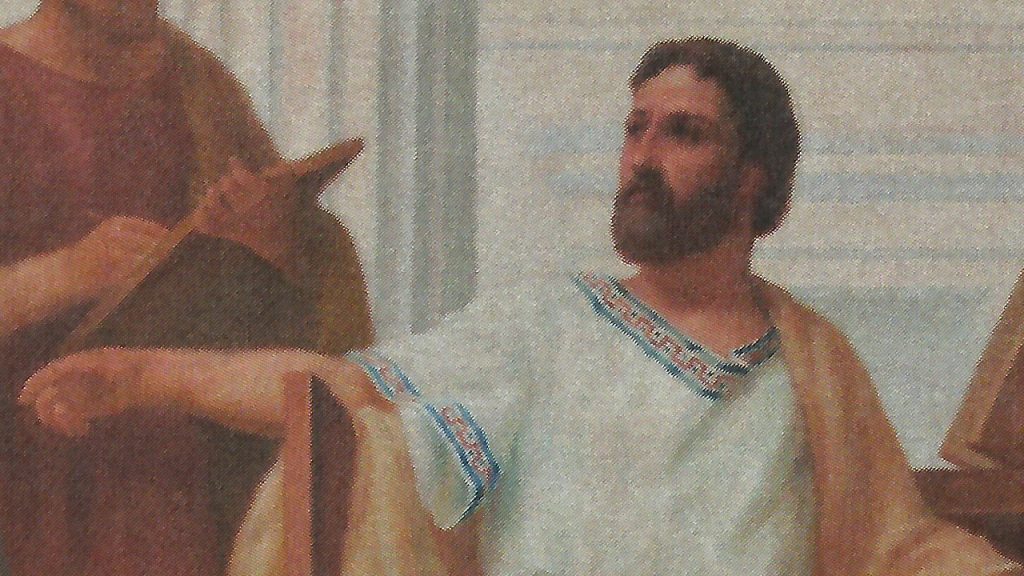
Roman medicine was a mix of science and superstition. Physicians like Galen made significant contributions to medical knowledge, including anatomy and surgery. However, many treatments were based on beliefs in the supernatural and the influence of the gods.
17. The Romans Had Impressive Theaters
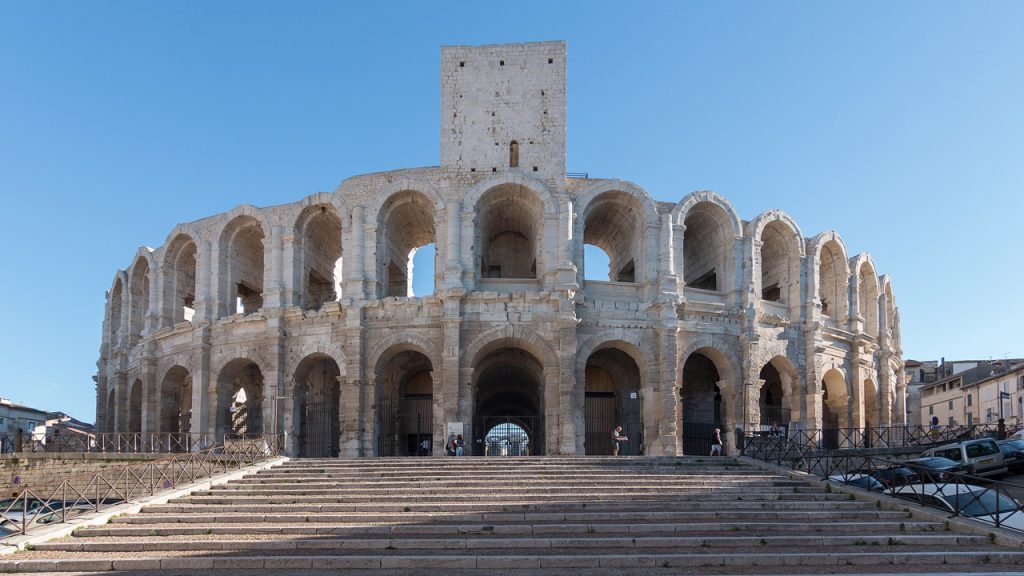
Roman theaters were large, open-air venues used for plays, musical performances, and other entertainment. These theaters often featured elaborate stage designs and could accommodate thousands of spectators. The tradition of Roman theater influenced later Western theater.
18. Roman Architecture Influenced the World
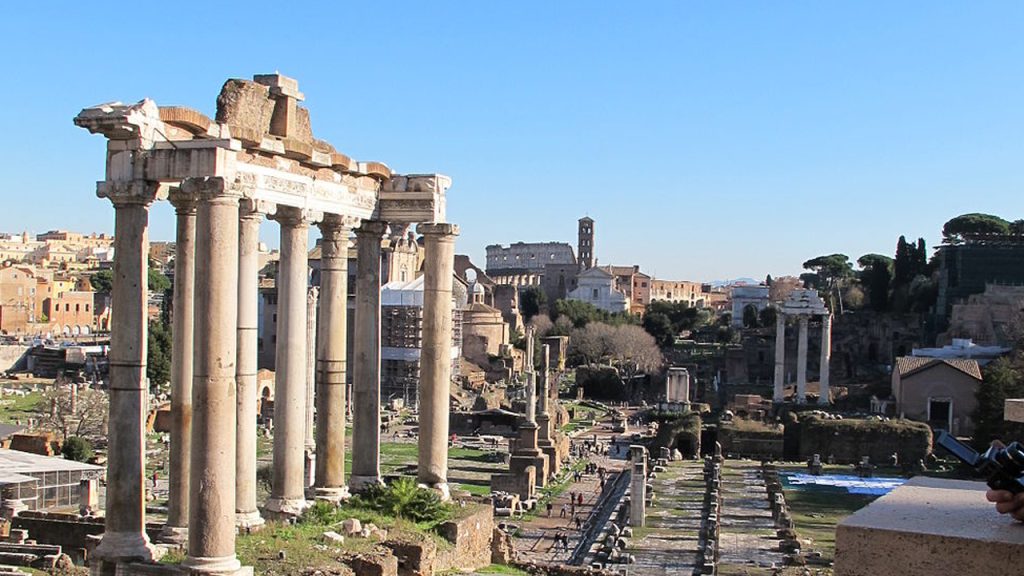
Roman architectural styles have had a lasting impact on building design throughout history. Elements like arches, domes, and columns were perfected by the Romans and continue to be used in modern architecture. Their innovative techniques set the foundation for many structures today.
19. The Roman Empire Was Multicultural
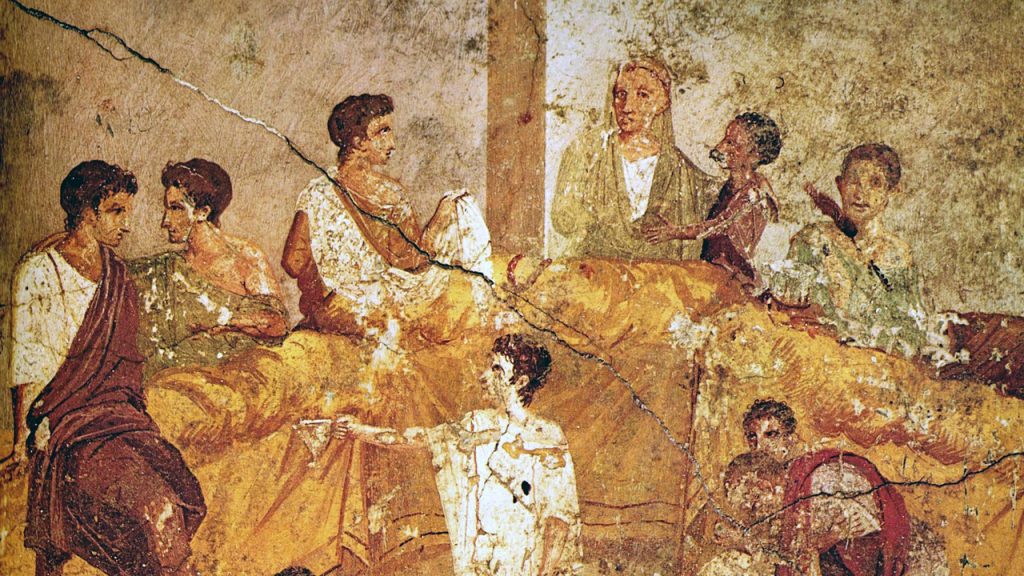
The Roman Empire was incredibly diverse, encompassing people from various cultures, languages, and religions. This multiculturalism was a result of Rome’s extensive conquests and trade networks, making it one of the most cosmopolitan societies of the ancient world.
20. The Fall of Rome Was a Major Turning Point
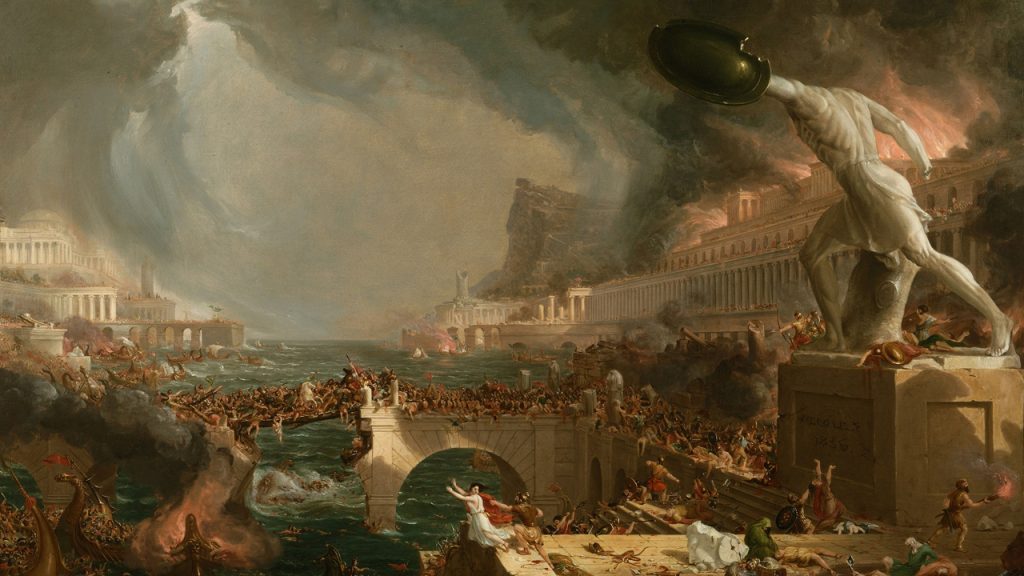
The fall of the Western Roman Empire in 476 A.D. marked the end of ancient Rome’s dominance. This event led to the beginning of the Middle Ages in Europe and significantly changed the course of history. The legacy of Rome, however, continues to influence the modern world.
21. Romans Had Complex Banking Systems
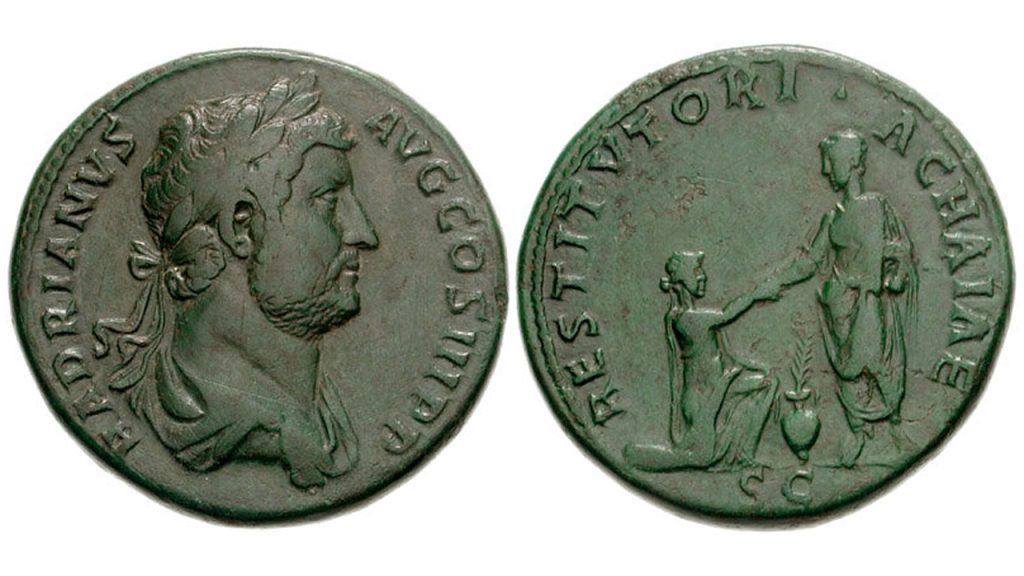
Ancient Romans developed a sophisticated banking system. They had institutions similar to modern banks where people could deposit money, take out loans, and exchange currency. Roman bankers, known as argentarii, operated out of their own offices or in public spaces, providing financial services that were crucial for commerce and trade throughout the empire.
Ellen has been obsessed with logic puzzles, jigsaws, and cryptograms since she was a kid. After learning she was taught how to play chess wrong by a family friend (so they could win), she joined her school chess club and the rest is history.

